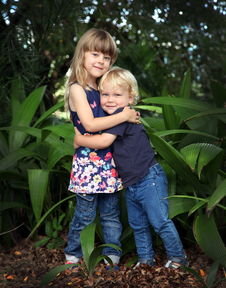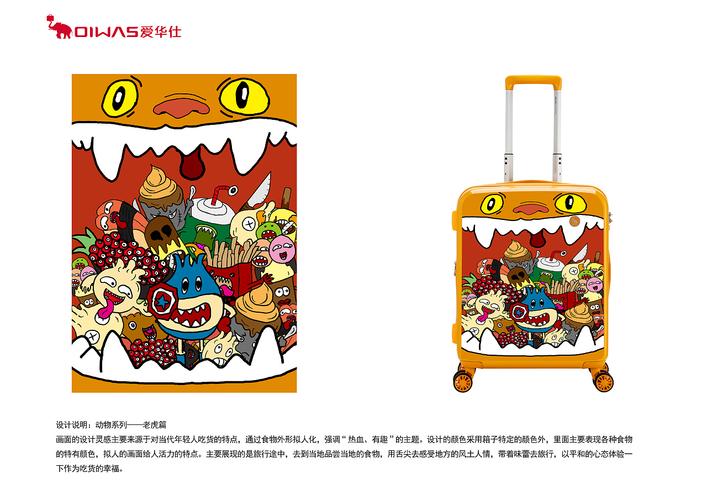服装专业英语翻译器软件
Understanding Fashion Trends: Translating the Essence
Fashion trends reflect the evolving tastes, preferences, and cultural dynamics of society. Translating these trends requires more than just linguistic accuracy; it demands a deep understanding of the underlying concepts and influences shaping the fashion landscape. Let's delve into the intricacies of translating fashion trends into English.
1. Cultural Sensitivity:
Translating fashion trends involves navigating through diverse cultural nuances. What may be trendy in one culture could be considered inappropriate or outdated in another. It's crucial to understand the cultural context behind each trend to ensure accurate translation. For example, while "bohemian chic" may resonate well in Western cultures, it might not have the same appeal in conservative societies.

2. Contextual Adaptation:
Fashion trends often emerge from specific contexts or historical references. Translating these references requires contextual adaptation to resonate with the target audience. Whether it's a vintage revival or a futuristic avantgarde style, conveying the essence of the trend accurately involves capturing its origin and evolution. For instance, translating the term "retrofuturism" involves blending elements of nostalgia with futuristic concepts to capture its essence effectively.
3. Linguistic Nuances:
Fashion terminology encompasses a wide array of linguistic nuances, from descriptive adjectives to evocative imagery. Translating these nuances requires linguistic finesse to capture the subtleties of style, texture, and design. Whether it's describing a garment as "flowy and ethereal" or "structured and tailored," choosing the right words is essential to convey the desired aesthetic. Moreover, understanding the connotations associated with certain words helps in crafting compelling fashion narratives.
4. Trend Forecasting:
Translating fashion trends goes beyond mere linguistic translation; it involves trend forecasting and trend analysis. Fashion translators need to stay updated with the latest industry trends, runway shows, and designer collections to accurately interpret emerging styles. This proactive approach enables them to anticipate future trends and translate them effectively for global audiences. By understanding the trajectory of fashion evolution, translators can provide valuable insights into upcoming trends and fashion movements.
5. Brand Identity:
Translating fashion trends is intricately linked to brand identity and brand positioning. Each fashion brand has its unique style, ethos, and target audience, which influence how trends are interpreted and translated. Whether it's a luxury label, a streetwear brand, or a sustainable fashion initiative, maintaining brand consistency across different languages is essential for effective communication. Translators play a crucial role in preserving the brand's voice and identity while adapting to diverse linguistic and cultural contexts.
6. Visual Communication:
Fashion is a visual language, and translating its trends often involves visual communication alongside linguistic translation. Visual elements such as mood boards, trend reports, and fashion illustrations complement verbal descriptions, enhancing the understanding and interpretation of fashion trends. Translators can leverage visual aids to convey the visual aesthetics, color palettes, and silhouettes associated with each trend, creating a more immersive and engaging experience for the audience.
In conclusion, translating fashion trends requires a nuanced understanding of cultural, linguistic, and visual elements. By embracing cultural sensitivity, contextual adaptation, linguistic finesse, trend forecasting, brand identity, and visual communication, translators can effectively convey the essence of fashion trends to global audiences. As fashion continues to evolve, so too must the methods of translation, ensuring that the language of style remains accessible and inclusive across borders and cultures.











